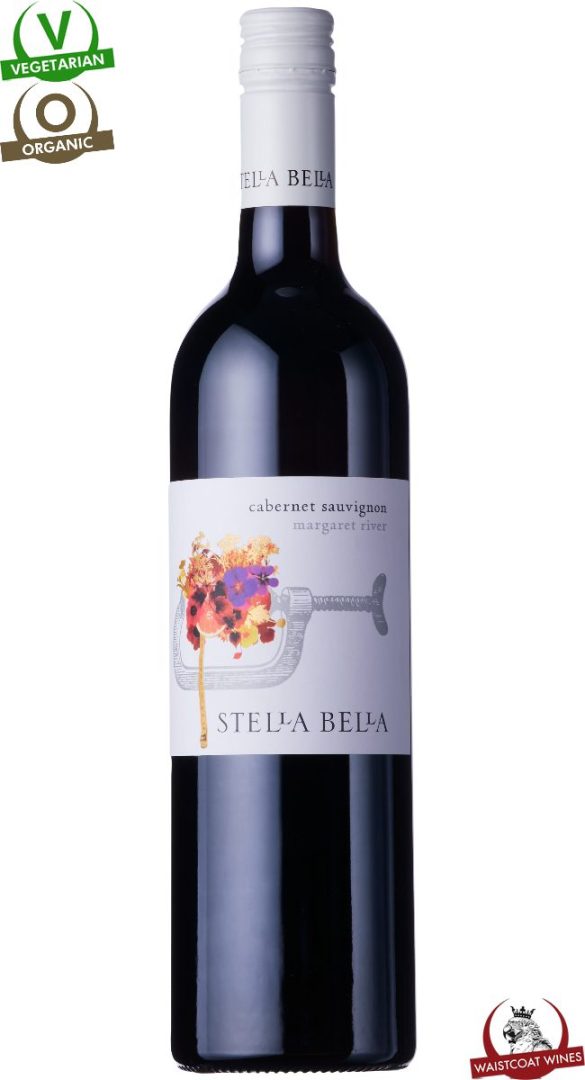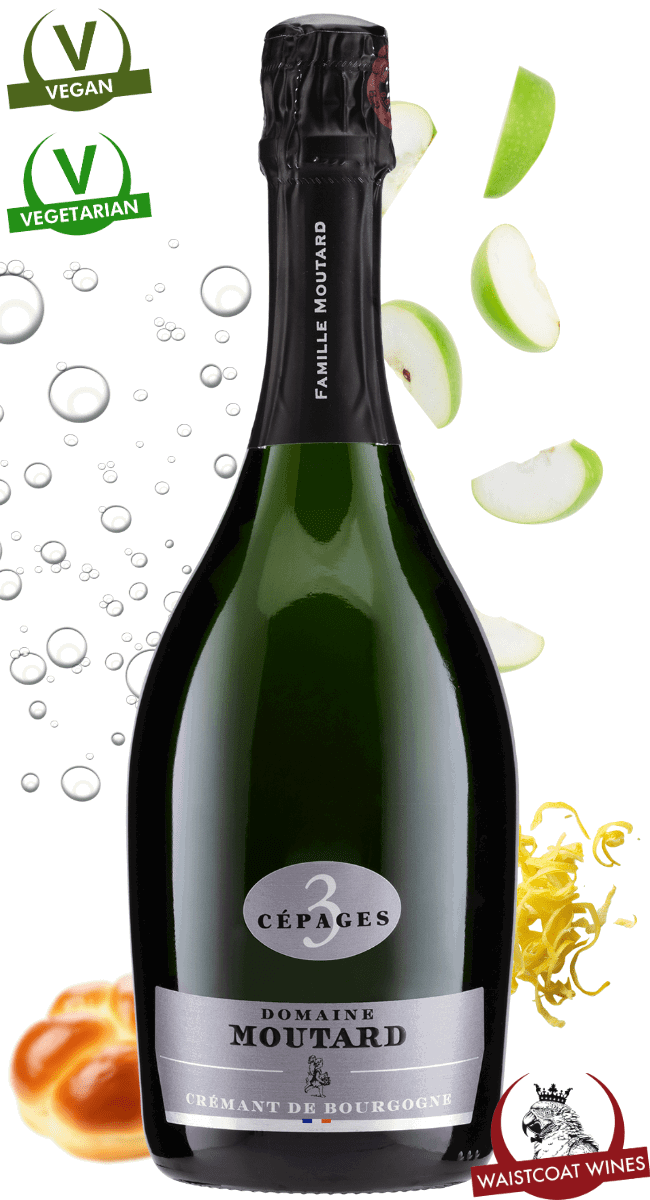Producer Profile
This boutique winery in the heart of Margaret River creates idiosyncratic named ranges like Suckfizzle and Skuttlebutt in a low interventionist and organic way keeping their approach as simple as possible to allow their cherished vineyards to show their quality.
It is not merely in the names where these wines are memorable, as once you have tasted them you will see why Luke Jolliffe, the winemaker, continues to receive recognition and awards from around the world for wines that have that wonderful Margaret River restraint and elegance, but are bound together with a fruit purity that makes them delectable.
Viticulture
Their philosophy regarding viticulture is simple, and that is to operate in a manner that consciously respects the vineyards that they tend as well as the local environment. Minimal chemical inputs and fertilisers are used along with minimal intervention as – aiming for vine balance. Stella Bella are acutely aware of the environmentally pristine nature of this part of the world and manage their vineyards accordingly. An example of this is their recent introduction of Cryptolaemus montrouzieri (the Australian Native Ladybird) to predate on mealy bugs. This has been a very successful natural control measure. Unlike almost all other wine producing regions, because Western Australia is free from Phylloxera, Stella Bella wines are all on their own roots, and not on rootstock, which arguably gives them a purer expression of the various cultivars grown and the respective sites they are planted in. Fruit is picked on a combination of flavour, vine condition, sugar/pH/TA and intuition. They pick across a spectrum of ripeness levels for complexity. Every block is picked and vinified separately for maximum blending options. Swards of rye and clover have been planted to help prevent soil compaction and to assist in fixing nitrogen. The vines are all trellised using Vertical Shoot Position (VSP), and are spur-pruned with the exception of a couple of older blocks of Cabernet Sauvignon and Sauvignon Blanc that are cane pruned. Spur-pruning helps to ensure that the spur spacing results in the correct shoot spacing in the canopy, which in turn leads to well-exposed leaves and fruit. This results in them obtaining the optimum balance between leaves, canes and bunches.
Winemaking
Each individual batch was vinified separately and a portion of fruit from the Luminosa vineyard was cold soaked to generate more primary fruit characters and tannin extraction. Fermentation occurred on skins for up to 18 days followed by malolactic fermentation. Maturation occurred in their favourite French tonnellerie’s barriques for 15 months. The length of time in oak is important for the integration of the oak and fruit tannins in the wine but is dependant on vintage and tannin evolution.
Oak Treatment
Time: 15 Months
Type: French oak
% wine oaked: 100
% new oak: 27
Tasting Note
A rich, lush wine of abundant fruits – red currants, mulberries, plums, blackberries, blueberries and cassis, this ambling fruit richness is complimented by plentiful ripe fruit tannins and the finest grained French oak. A wine of great proportion, enjoyable now and worthy of cellaring for the medium to long term.
Food Matching
Ideal with barbecued veal, lamb rack or Manchego cheese.





